Cloth Paper Scissors Magazine has just put out a free e-book of four digital art tutorials, one of which is mine! I'm thrilled to pieces to be included in this e-publication, and it is FREE! You can download it
HERE. In my tutorial I discuss how to alter images in Photoshop and print them out on fabric to use in fabric/paper collage. Here are a few pieces in progress using these techniques. The finished pieces are in the
e-book.
"Forest Dream"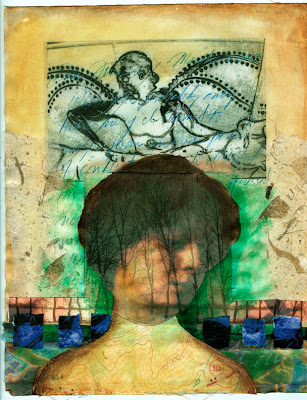
"Pedestal"

I want to show you in a little more detail how I got some of these layered images in Photoshop.
First, I scanned some images of these Greek vase paintings, and made them the same width, 5". (In this post they don't look the same width, but trust me).


In Image 1, I went to
Image > Adjustments > Hue / Saturation and played with the hue slider to change the color:
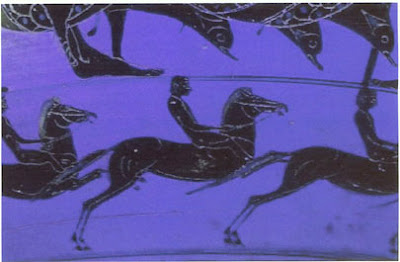
Then I went to
Levels (Image > Adjustments > Levels) and used the left and right sliders to bring up the highlights and darken the darks:
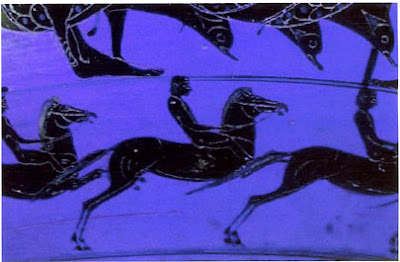
On Image 2, I simply used
Levels to brighten the lights and darken the darks:
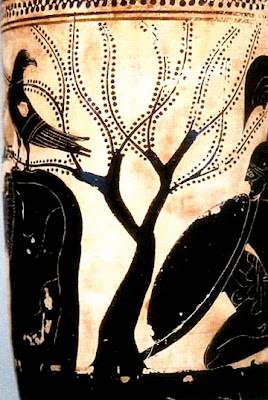
Now, here comes the fun part. Using the
Move tool, I moved Image 1 onto Image 2:

This creates a
layer over a background. In the
layers panel, I double click on the
layer (Image 1) and that opens the
Layer Styles box. I play with the
Opacity slider to make the image more transparent so you can see Image 2 underneath Image 1.

I then cropped the image using the
crop tool:
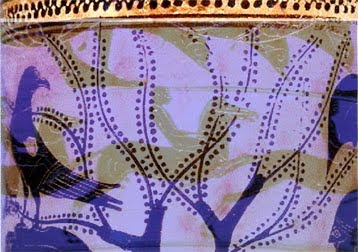
Then I
flattened the image,
Layer > Flatten.
To selectively change the color I went to
Image > Adjustments > Replace Color, which opens a dialog box like this:
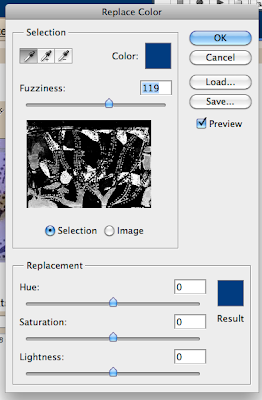
Click on the color in the image that you want to replace (I clicked the gray of the horses), then play with the
hue, saturation, and lightness sliders to change that color. The
Fuzziness slider determines how broadly you want to define your selected color, and that color will show up as white in box that shows the image. Here is my result:

Then, just for fun, I played with the
Hue / Saturation tool again.
Image > Adjustments > Hue/Saturation. Here is another altered version of the image:
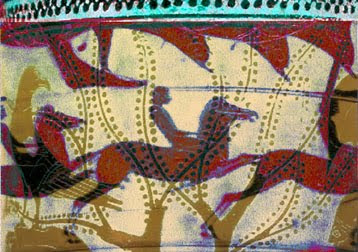
I know this tutorial requires some basic knowledge of Photoshop, so I hope there are enough of you out there who can take advantage of it. Do get the
free e-booklet from Cloth Paper Scissors! There are three other tutorials with fabulous art.

 Leslie's piece in progress:
Leslie's piece in progress:





































